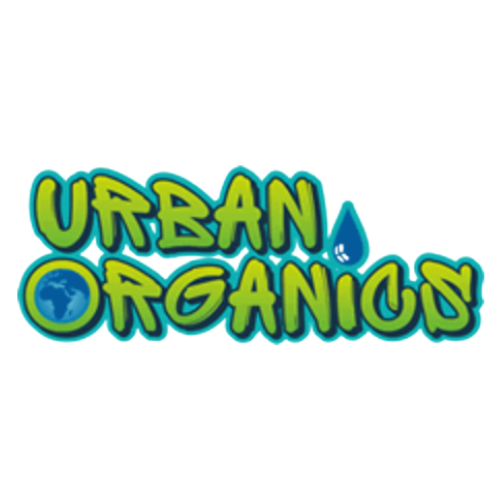The word, Hydroponic, comes from Latin and means working water. Simply put, it is the art of growing plants without soil.
When most people think of hydroponics, they think of plants grown with their roots suspended directly into water with no growing medium. This is just one type of hydroponic gardening known as N.F.T. (nutrient film technique). There are several variations of N.F.T. used around the world and it is a very popular method of growing hydroponically. What most people don’t realise is that there are countless methods and variations of hydroponic gardening. In this section, we explain the most common, including the pros and cons of each along with an abundance of general information about hydroponics.

Both hydroponic fertilisers and those intended for use in soil contain the three major nutrients, nitrogen, phosphorus and potassium. The major difference in hydroponic fertilisers is that they contain the proper amounts of all the essential micro-nutrients which fertilisers intended for use with soil do not. The plants are expected to find these elements in the soil, assuming that the trace elements are in fact present. Problems can arise for the plants if any or all of the micro-nutrients are not present in the soil or are depleted by successive (or excessive) plantings. Hydroponic fertilisers are usually in a more refined form with fewer impurities making them both more stable and soluble for better absorption. Organic fertilisers, in most cases, are very different than either hydroponic or soil fertilisers both in composition and how they deliver the nutrient to the plants. Organic fertilisers rely on the synergistic action of bacteria and microbes to break down nutritional substances for easier uptake by the plants. Hydroponic and soil fertilisers provide nutrients in a ready-to-use form. While once, they were mutually exclusive, in recent years a number of outstanding organic fertilisers have hit the market in formulations refined enough for use in hydroponics.







